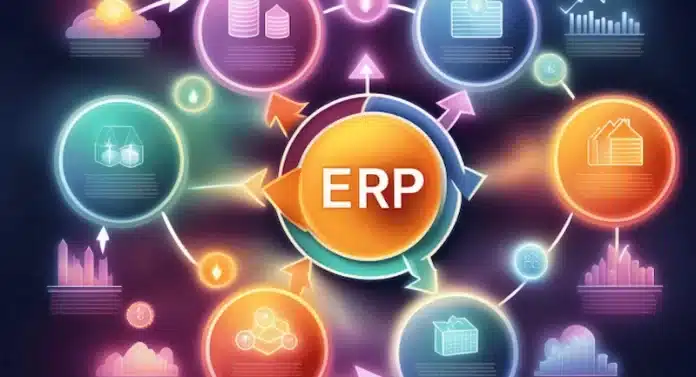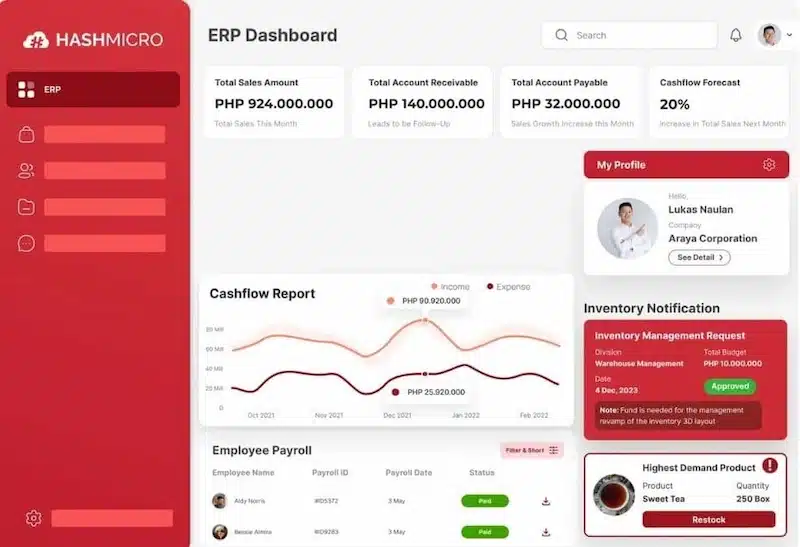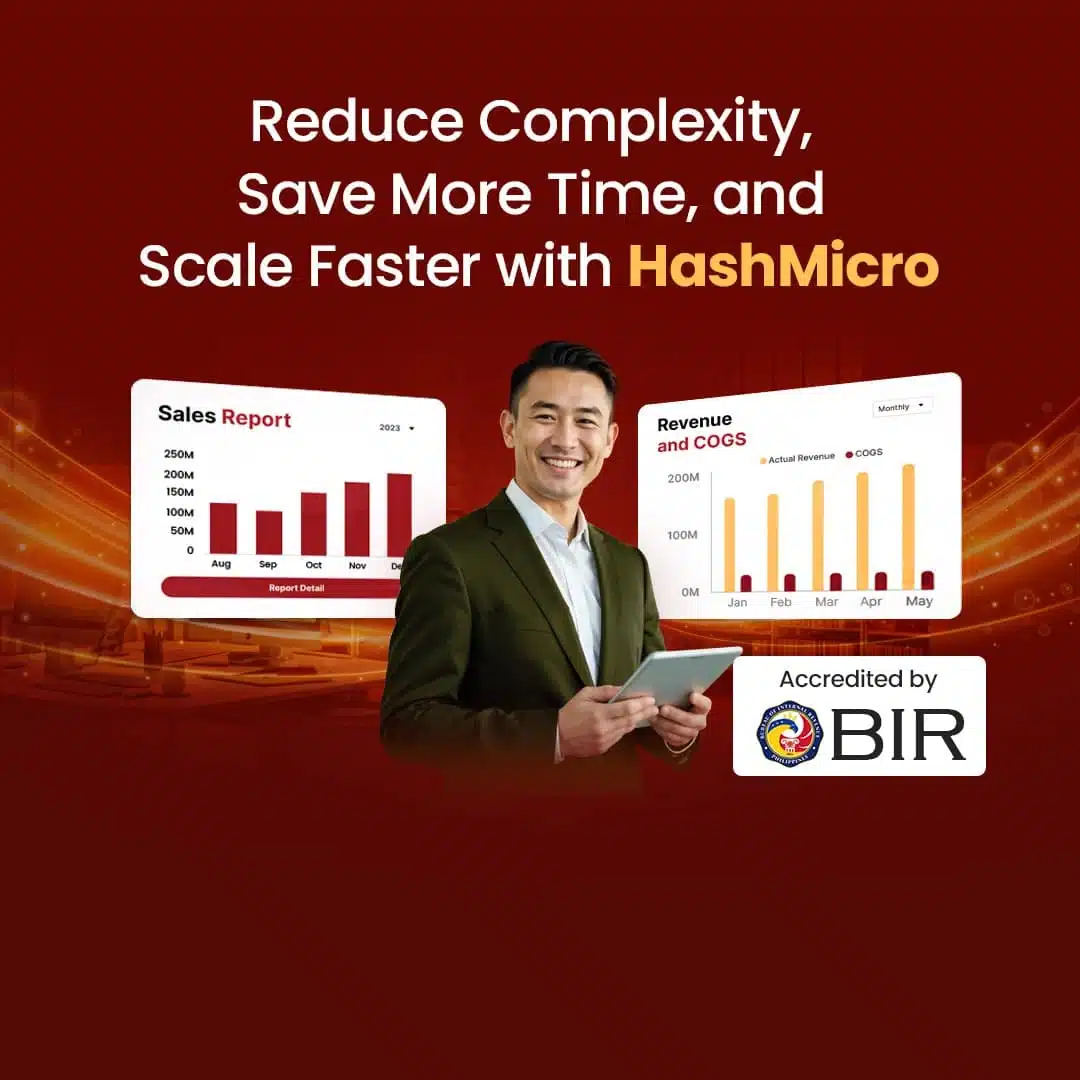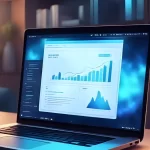Sa mundo ng negosyo na puno ng aksyon, ang pag-unawa sa ERP (Enterprise Resource Planning) life cycle ay hindi lang basta helpful—it’s a must! Picture this: streamlined processes, integrated operations, and a panoramic view of your business performance, all within your grasp.
The ERP life cycle is your blueprint for success, a step-by-step guide that transforms complexity into clarity. Moreover, it’s about making informed decisions that propel your business forward, ensuring that every peso invested translates into multiple returns.
Additionally, from selection to support, each phase of the ERP life cycle is a building block toward a more robust, efficient, and competitive business. So, stay tuned as we explore each phase, uncovering how to harness the full power of ERP to your advantage.
Key Takeaways
|
Table of Contents

What is an ERP Life Cycle?
The ERP life cycle encompasses the series of stages involved, from the initial selection of the Enterprise Resource Planning to its final implementation. It’s a comprehensive framework that guides businesses through the complexities of selecting, implementing, and maintaining ERP software.
Understanding this life cycle is crucial as it ensures the ERP solution you choose aligns perfectly with your business objectives, facilitating smoother transitions and better alignment of business processes.
Why is the ERP life cycle so critical for your business? It’s simple: knowledge is power. By understanding each life cycle phase, you can anticipate challenges, manage risks, and allocate resources more effectively.
This strategic approach minimizes disruptions during implementation and enhances the ERP system’s overall impact on your business, leading to sustained growth and success.
The Importance of ERP in Business
ERP system implementation can transform business operations, this software unifies all aspects into a single database and improves data consistency. They also offer critical insights, enabling managers to make swift, informed decisions.
Beyond just operational efficiency, ERP systems enhance strategic decision-making. They offer real-time data that can be crucial for responding to market changes and seizing new opportunities. For Philippine businesses, where agility and adaptability are key to thriving in dynamic markets, ERP systems can be the difference between stagnation and growth.
Key Phases of the ERP Life Cycle
To successfully navigate the ERP life cycle, it’s essential to understand the key phases involved. Each phase plays a crucial role in ensuring that your ERP implementation aligns with your business goals and operates smoothly. The journey begins with the critical step:
Phase 1: Selection of ERP package
Selecting the right ERP package is crucial, as it must meet the specific needs of your business. Therefore, key features like accounting, inventory, and finance modules should align with your business requirements.
Phase 2: Planning
Effective planning sets the stage for a successful ERP implementation. This phase involves defining the project scope, setting realistic timelines, and allocating resources. Developing a detailed project plan during this stage helps anticipate potential challenges and lays the groundwork for a smooth implementation process.
Phase 3: System design
Tailoring the ERP system to fit your business’s unique needs is essential. This phase focuses on customizing the software to enhance functionality and user experience. Customization is crucial as it ensures the system can handle specific business processes efficiently and effectively.
Phase 4: Development
The development phase involves building the ERP system according to the specifications outlined in the design phase. It includes integrating various modules like human resources, sales, and supply chain management to create a cohesive system that supports all aspects of your business.
Phase 5: Testing
Before going live, the ERP system must be tested thoroughly. This includes functional testing to ensure each module operates correctly, integration testing to ensure modules interact seamlessly, and user acceptance testing to confirm the system meets user needs and expectations.
Phase 6: Deployment
Deploying the ERP system is a critical step that requires careful planning and execution. This phase includes migrating data, configuring user access, and going live. Ensuring a smooth transition during deployment minimizes downtime and disruption to business operations.
Phase 7: Training
Training is key to successful ERP adoption. Employees need to be proficient in using the new system to realize its benefits. Comprehensive training ensures that staff are comfortable and efficient in their daily interactions with the ERP software.
Phase 8: Support & maintenance
After implementation, ongoing support and maintenance are essential to address any issues and ensure the ERP system continues to perform optimally. Regular updates and user support help to maximize the system’s lifespan and adaptability to evolving business needs.
Risks of Not Implementing ERP
Conclusion
Understanding and implementing the ERP life cycle is crucial for any business looking to boost efficiency and remain competitive in the market. Moreover, HashMicro’s ERP software stands out with its user-friendly interface and flexible architecture, making it easier for Philippine businesses to integrate and optimize their operations across all levels.
Furthermore, by simplifying complex processes and providing real-time insights into your business performance, HashMicro’s ERP software ensures that your investment delivers tangible benefits.
Therefore, sign up for a free demo today and discover how HashMicro’s ERP software can streamline your operations and enhance decision-making!
FAQ Around ERP Life Cycle
-
What is the enterprise system life cycle?
The enterprise system life cycle refers to the stages a system undergoes from initial selection to final retirement. It includes phases such as selection, planning, system design, development, testing, deployment, training, and ongoing support, ensuring the system’s effectiveness and alignment with business objectives.
-
What is the trade cycle in ERP?
The trade cycle in ERP involves the processes related to purchasing, sales, and inventory management within a business. It covers the entire lifecycle of transactions, from procurement of goods to sales and delivery, ensuring smooth operations and efficient resource management.
-
What is the ERP life cycle approach?
The ERP life cycle approach outlines the systematic process of implementing ERP software. It includes key phases such as selection, planning, design, development, testing, deployment, and ongoing support, ensuring the software is effectively integrated and optimized for business needs.













































